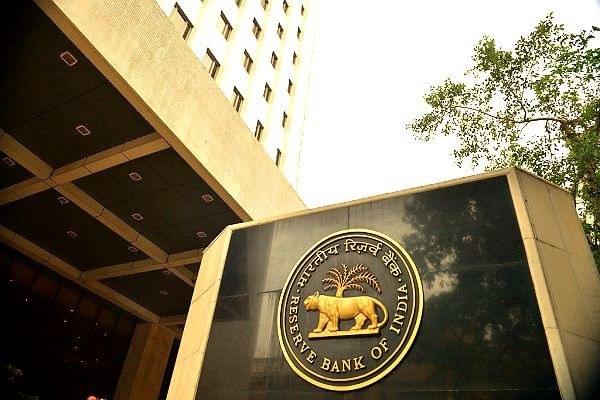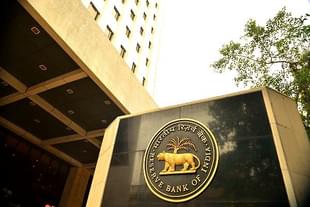Ideas
RBI's Digital Money Is Sensible; But There Is A Case For Regulated Private Currency
R Jagannathan
Aug 09, 2021, 11:29 AM | Updated 11:27 AM IST
Save & read from anywhere!
Bookmark stories for easy access on any device or the Swarajya app.


In July, the Reserve Bank of India (RBI) announced plans to introduce its own digital currency in phases. If you are looking for an Indian competitor to Bitcoin or any of its alternatives (Ethereum, Dogecoin, Tether, Binance Coin), perish the thought. What you are likely to get is some kind of digital currency that’s no different from cash, except for the fact that it is in cyberspace and the central bank is watching who holds how much of it.
According to Business Standard (read Tamal Bandyopadhyay’s article here, but it’s behind a paywall), the Central Bank Digital Currency (CBDC) will be nothing more than a digital wallet. It will not be a crypto in any sense of the term. That’s probably a good thing.
Let’s be clear about three things.
First, it is a good thing to have a digital currency. If nothing else, it reduces the cost of printing notes. Information obtained from the Currency Note Press suggests that in 2019-20, the year before the pandemic, it cost Rs 1.22 to print a Rs 50 note, Rs 2.71 for a Rs 500 note and Rs 2.48 for a Rs 200 note (in 2018-19). The Rs 100 note costs just under Rs 2 to print, and Rs 10 and Rs 20 notes just under Re 1.
The smaller the face value of the note, the larger is the proportionate cost of printing it. It does not make commercial sense to continue printing small denomination notes that are used so frequently in everyday transactions. Digital makes sound sense from every angle.
Second, any currency must have reasonable certainty about its short-to medium-term value. This happens to cash and digital currency even after taking 3-5 per cent inflation into account (ie, the drop in value is marginal over some months).
In contrast, consider how widely the price of Bitcoin has ranged. Over the last 10 months, its price has varied from a high of $64,000 to around $10,000, suggesting that this crypto is more about speculation and Tulipmania than a genuine currency used for transactions. Even crooks — say a drug dealer — will not accept Bitcoin if its value fluctuates so much, so fast.
Third, no government, no central bank, would want a totally free cyber currency that is not amenable to monetary and fiscal policy control. Libertarians may not like it, but who listens to them anyway?
Hence, a central bank-owned digital currency is the next best thing.
However, there is a case for allowing new forms of regulated currency that even private parties can issue. What we need are guidelines for monetary control, and anyone willing to be regulated by the RBI can issue his own currency based on some basic norms.
For example, it is entirely possible for a private currency issuer to promise that 10 per cent of his currency notes (including digital notes) will be backed by gold. This automatically puts a brake on endless creation of money — which is what happens with fiat currency. This is how historically currency notes came into being — as tradable receipts against gold holdings of the issuer.
Equally, large retail companies should be allowed to issue their own limited-use currencies. This is already happening when they issue coupons or reward points on purchases. At some point, these currencies may acquire wider usage, just as mobile talk-time did in east Africa some years ago.
Sodexho, the employee meal and food payment system, is another form of cash based on an underlying rupee. The e-RUPI, a one-time voucher currency issued by the National Payments Corporation of India, is another form of digital money intended for single and/or specific uses.
The point is simple. The leaps India has made in digitisation (especially since demonetisation) allows large entities and central banks to issue currencies that are amenable to regulatory control.
Cryptos are not the way to go. Multiple forms of digital currencies, including private currencies with limited validity, are the not-so-brave new world of currency. They are eminently sensible, if not revolutionary.
The case for multiple types of money rests on one simple principle: competition. Just as the RBI worries that the NCPI's UPI could become a monopoly (it is allowing new private players into the space), it should also worry that its own digital currency will become a tyrannical monopoly. While regulation will always remain a monopoly, currency issue need not.
Jagannathan is former Editorial Director, Swarajya. He tweets at @TheJaggi.





